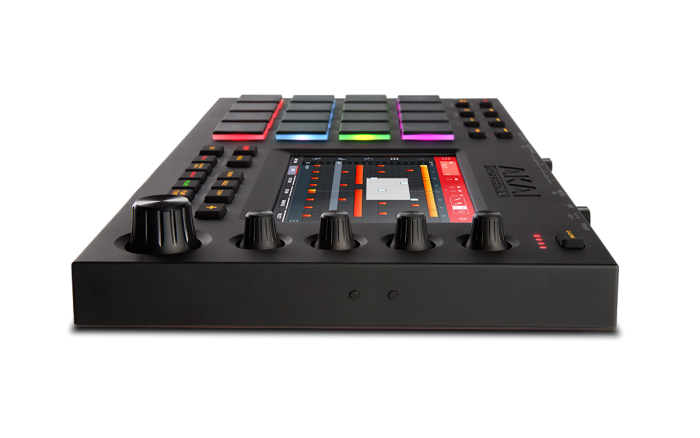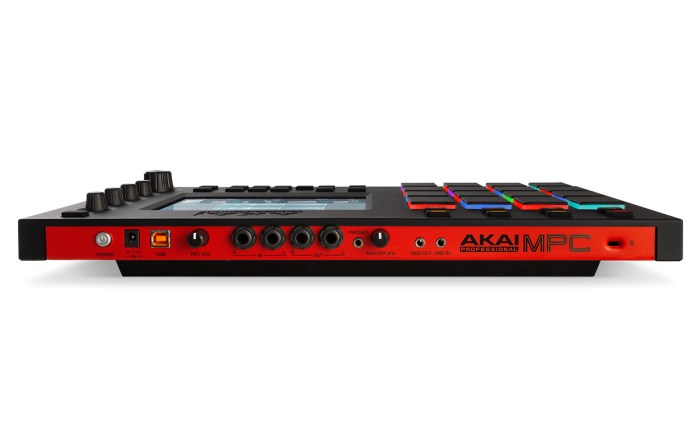


The MPC Live weighs 2.7kg, which isn’t bad for such a sophisticated music device, though in truth, it’s a bit much to carry every day, unless you’re a most dedicated user. My review example arrived fully charged, so within a few minutes of unboxing, I put it in a bag with some headphones and went to a coffee shop for my first session. The Live contains 16 GB of internal memory, and a 2.5-inch SATA connector, so an HDD or SSD hard drive can be installed for even more storage, and there’s also a rechargeable battery in there, providing up to six hours of mains-free jamming on a 45-minute charge. The top panel features 16 velocity-and-pressure sensitive rubber pads with RGB backlights, five touch-capacitive ‘Q-Link’ encoders, a bunch of buttons, and a 7″ multi-touch display.įrom above, it does look exactly like the MPC Touch, but the Live’s housing is deeper, top-to-bottom, and the rear panel is spectacularly well-endowed, with a master volume knob, 3.5mm headphone jack, six 1/4-inch outputs, Kensington lock slot, record volume knob, phono inputs with a ground peg and line/phono selector switch, two 1/4-inch inputs, SD card slot, two MIDI inputs and two MIDI outputs, two USB A plugs, one USB B plug, mains-power input, and an on/off switch – nice work fitting all that in! I’m obliged to moan about the lack of a 1/4-inch headphone jack, but no complaints other than that. First impressions are that the Live is solidly built and reasonably compact, while maintaining a sensibly spaced control layout. The box contains the MPC Live, a mains power supply, USB cable, printed Quickstart Guide, and instructions for installing the MPC software on your computer. However, despite that critical standalone status, it can step up and control the MPC software on a Mac or PC, just like the Touch, so it’s as versatile and inclusive as you need it to be. Unlike the MPC Touch, which is purely a controller and interface for Akai’s MPC software, the Live is a genuinely standalone hardware unit it doesn’t need a computer to help it create beats, melodies, or even entire arrangements.

We’ll also do this without dwelling on Akai’s long history with hardware samplers – I’ve never owned or used an MPC, and I’m guessing most readers under a certain age haven’t either, so let’s leave the nostalgia-wallowing to the oldsters. So let’s make more effort, and discover what makes the MPC Live different from its predecessor. Price £999 Web A lazy version of this review would link back to our coverage of Akai’s MPC Touch, and say “See that? It’s just like that, but standalone!” There is some truth in that, but it’d definitely be missing out on the bigger picture.


 0 kommentar(er)
0 kommentar(er)
